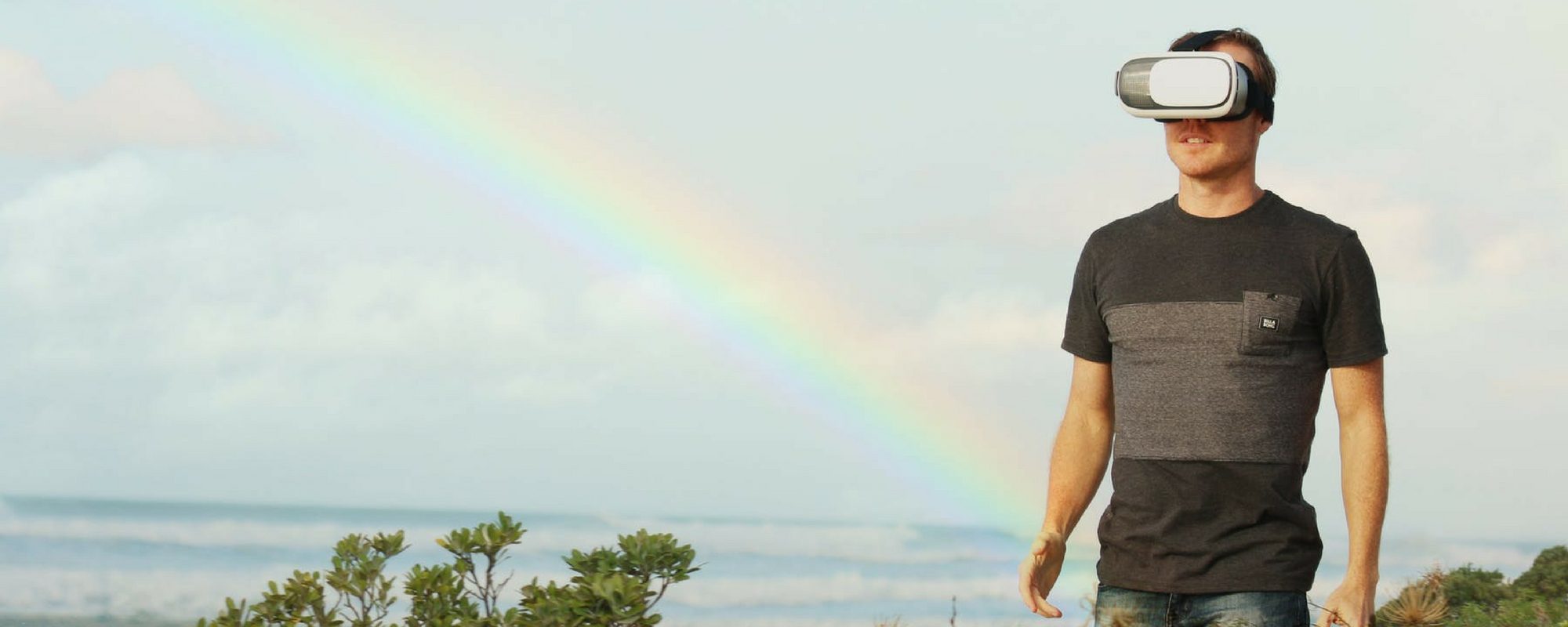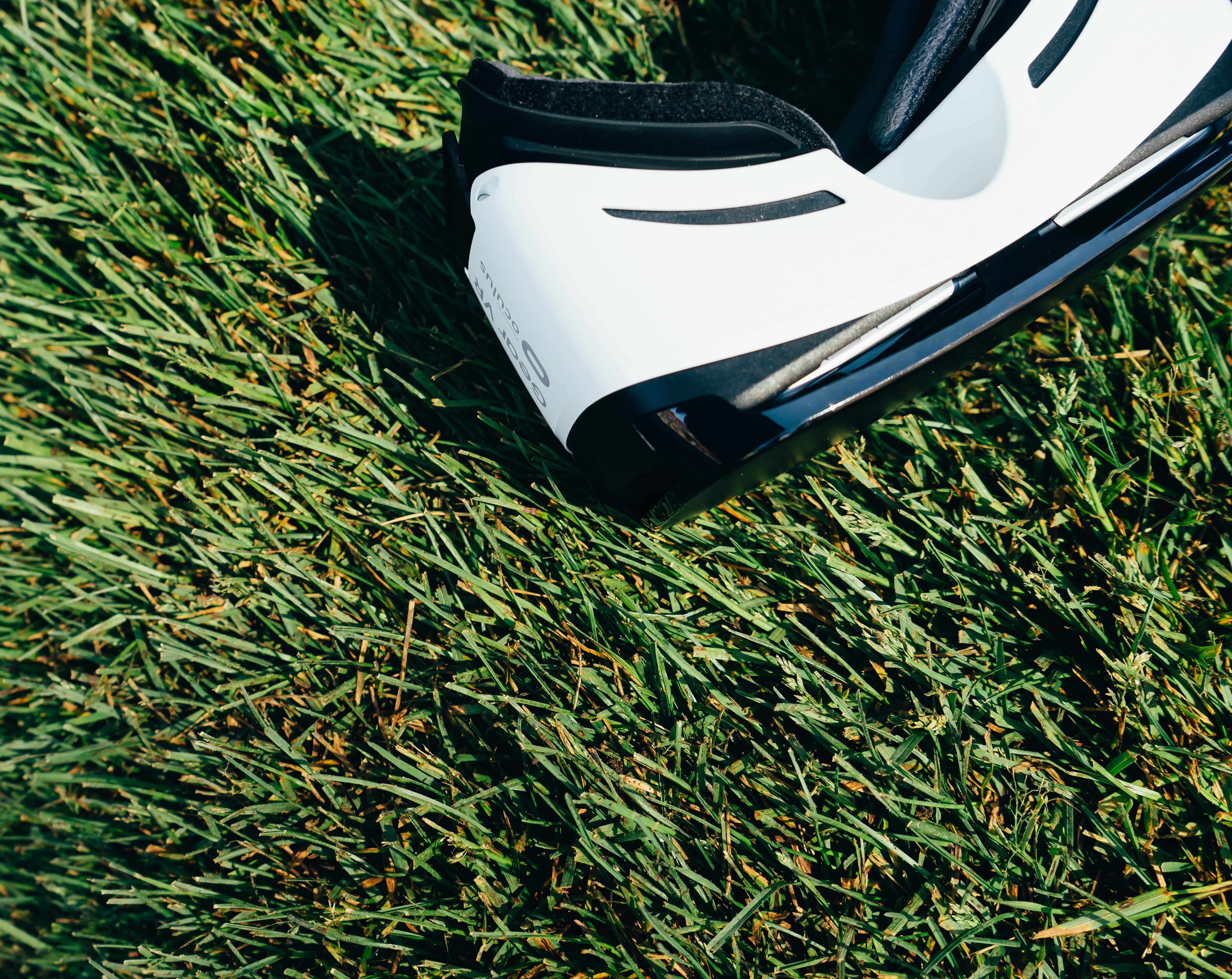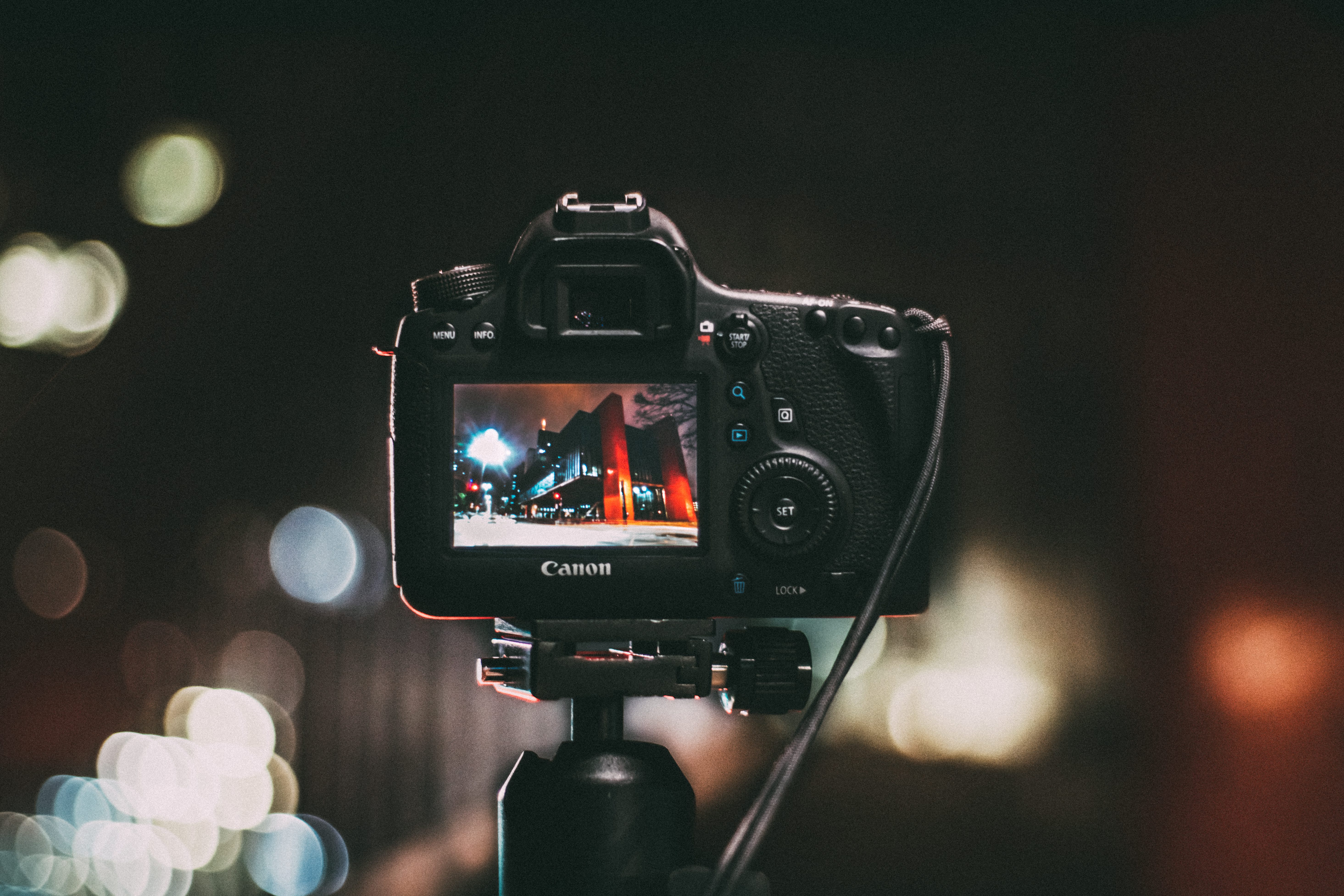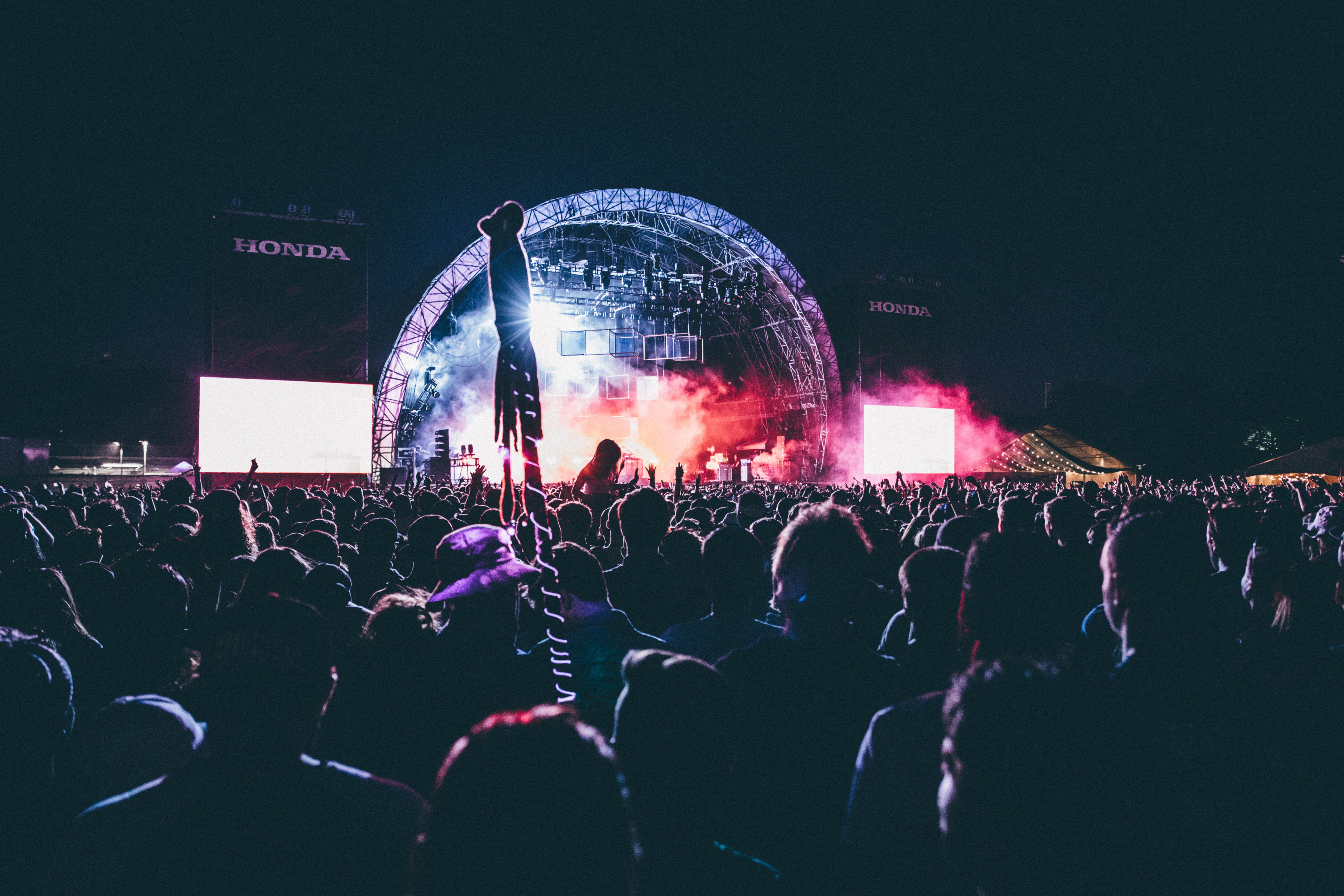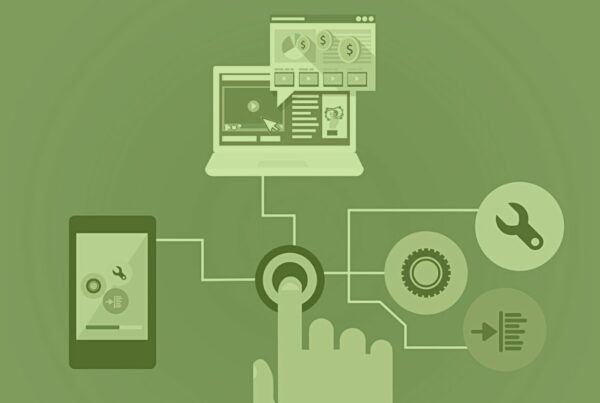The use of virtual reality at events is a huge trend. However, it’s not just a trend, the use of virtual reality at events is here to stay. In this guide, we will teach you everything you need to know about VR and how it can be used at events. From the differences between realities, the tools you can use to implement VR and ways you can incorporate it into your own events. Let’s jump in!
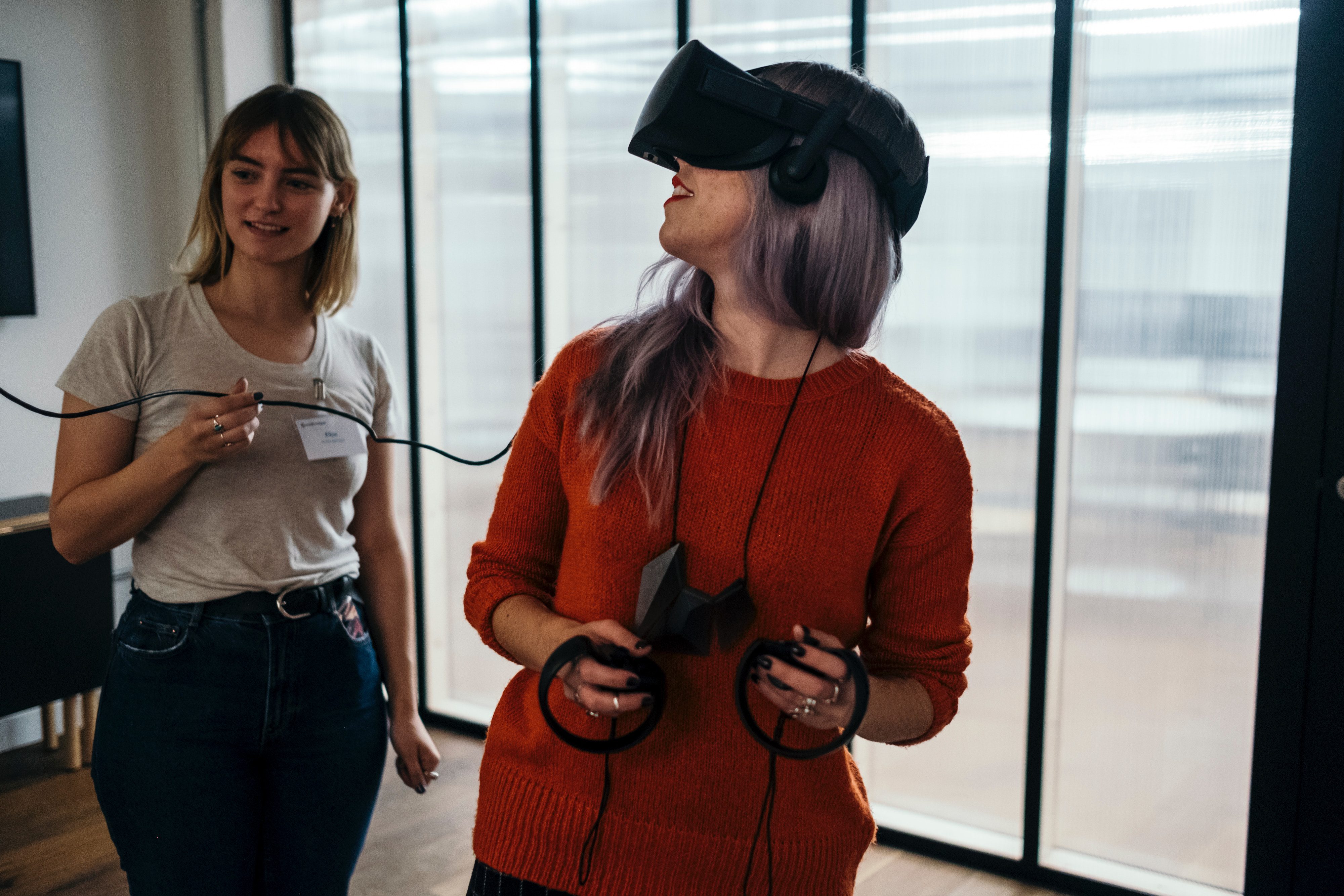 Types of Reality
Types of Reality
You’ve heard of VR and AR but are they the same? What is the difference? While they are both forms of technology that allow for better event experiences there are some key differences.
What is Virtual Reality?
Virtual reality (VR) is an artificial, computer-generated simulation or recreation of a life like situation or environment. Virtual reality is a truly immersive experience and makes you feel like you are experiencing the simulated environment first hand. To make VR effective typically at least vision and hearing are stimulated.
You will see people using headsets achieve VR. These headsets block out any real-world visions allowing you to only see the virtual reality in front of you. VR can be used in many ways but we see it used for training simulations, games, and entertainment most often.
What is Augmented Reality?
Augmented Reality (AR) is technology that marries computer-generated images and reality. Unlike AR which is a computer-generated world entirely, AR enhances our real world. AR reality does not remove you from your surroundings like VR does. Augmented Reality is already fairly mainstream and used by millions. A great example of AR is the popular game, Pokemon Go or Snapchat Filters. Snapchat takes your existing reality and augments it, you weren’t really wearing that floral crown, were you?Another widely successful use of AR was when in (ENTER YEAR) Coachella used AR to create a holographic image of Tupac to perform.
What is Mixed Reality?
Mixed Reality (MR) combines both VR and AR for an even more powerful experience. This was our number one predicted trend in our 2017 Event Trends.
Tools Needed to Implement Virtual Reality at Events
What do my attendees need to experience VR?
The most common ways to view VR are through a Desktop or Mobile VR. While there are differences the gap between Desktop and Mobile VR is starting to disappear with advances in technology.
Desktop VR needs to be connected to a computer for viewing. The most popular of this type is the Oculus Rift. Desktop VR, for now, is capable of a better viewing experience
Mobile VR combines smartphones with special optical viewers such as Google Cardboard. By using smartphones which most people already own it lowers the entry cost barriers originally associated with VR. Mobile VR is much more accessible because of this. Unlike desktop VR mobile VR is wireless allowing for mobility and potentially more unique experiences. However, it is not capable of everything desktop VR is yet.
Where does the content come from?
There are two methods to creating VR content.
There are specially constructed camera rigs that use multiple cameras angled in different directions. The video is then stitched together similar a panorama photo but much more involved. Creators can edit the video to add special effect and mapping too.
The second way to create VR content is through computer graphics (CGI). This is how video games are developed.
The content from either method is then installed on whatever platform you have chosen for your event such as a computer or app.
7 Ways to Use Virtual Reality at Events
Using Virtual Reality at events allows the opportunity to create engaging and innovative experiences for your attendees that would be otherwise not possible. Brands everywhere are using VR to create a more immersive experience and a better brand connection. Below are our top 5 ways to use virtual reality at events.
Demo Products at Your Event
Using virtual reality at events allows brands to fully immerse their prospective buyers in their products. Not only is this a unique way to demo a product it creates a more user-friendly and enjoyable experience for the buyer. Allowing them to see themselves using the product is helpful in making buying decisions. In fact, using virtual reality for product demos increases your sales! In Layar’s report on consumers and VR, they found that “research revealed a 135% increase in a buyer’s likelihood to buy when they saw an AR version of a product. It also uncovered that AR has a positive impact on value perception. Participants valued products with AR 33% higher than those without.”
One of our favorite examples of a brand using virtual reality to demonstrate their product is Merrel – Trailscape. With the use of Oculus Rift, the outdoor brand Merrel launched brand activation at Sundance. They created an immersive hike that had people feeling like they were hiking around crumbling ledges and over a treacherous terrain in the mountains.
Check out the experience below:
Another great example of using VR as a product demo is the Volvo XC90 experience. Volvo created an experience allowing buyers to get familiar and comfortable with the car using Google Cardboard and an app. This VR experience allowed users to drive via VR on scenic drives throughout the world creating an unforgettable demo.
Virtual Attendance
It is possible virtual reality events could replace physically attending events. This would allow for people from all over the globe to attend events without ever leaving the comfort of their own home. Virtual attendance would save attendees money and time. However, we believe nothing will fully replace a live event experience. But, wouldn’t it be nice to virtually attend some events? Furthermore, as an event planner, wouldn’t you like to have access to a much larger audience? Events are now using VR to cast a wider net and include a larger audience.
Back Stage With Citi is a great example of virtual attendance. Partnering with LiveNation, Citi is broadcasting hundreds of live performances in VR to fans across the globe. Backstage with Citi features artists such as Third Eye Blind, Lady Antebellum, Imagine Dragons and more. Users simply need to get a VR headset and download an app, allowing them access to concerts that otherwise may have been impossible to attend.
Event Marketing
Attending conferences and conventions is quite an investment. What if you could show potential attendees how great your conference or event was ahead of time? You can with VR! Use virtual reality to promote live attendance and sales to your event. Through VR you can show people what it is like to attend and leave them wanting more. So go ahead, let potential guests see what you are offering by sampling previous conferences virtually. By experiencing what it will be like beforehand they will be more motivated and excited to attend the real deal!
Create a Memorable Experience
Virtual Reality at Events can be used to create an amazing event experience, leaving your guests inspired and wanting more. Do not just use VR because it’s trendy. Ask yourself how you can incorporate VR to add value to the event experience. What are the goals you are trying to achieve? How can VR help you? Take a hint from Coca-Cola. The VR experience Santa’s Virtual Reality Sleigh Ride.
Coca-Cola is well known for pushing the boundaries and creating groundbreaking experiential marketing events. They are geniuses in the field. Coke is a brand that already gives us the feels around Christmas time. Remember their polar bears? It’s not exactly a surprise they capitalized on those feelings and used VR to bring some holiday cheer. Using the Oculus Rift, Coca-Cola took hundreds of people on Santa’s sleigh ride virtually. Along the way, they raced through highways filled with icon red coca cola trucks, snow-covered mountains, and beautiful Christmas towns. This allowed people to experience Christmas night through Santas eyes for a truly unique experience.
Blur the Lines Between Reality and Fantasy
If you like the idea of using virtual reality at events but still want a human element you can add human elements. AHS Fearless Virtual Reality Experience at San Diego Comic-Con did exactly this. Much like the show the VR experience left fans absolutely horrified! AHS allowed fans to become part of the show by entering into a creepy all-white room. Staff members wearing scrubs then ask fans to lay down on hospital beds. They covered them with white sheets. From there, fans put on an HTC Vive headset and headphones. The VR experience begins taking them through an adventure of some past memorable moments of the show. By using theatrical elements and actors they blended VR and reality perfectly.
Execute fully immersive site surveys
3D renderings and videos of event venues can give viewers an idea of the event space. But wouldn’t you like more? Using VR can completely immerse the viewer into your venue. What if you could physically walk through an event space while from anywhere? Perhaps even being able to virtually attend your specific type of event? That would be amazing right? The use of VR could really change the way people tour venues. VR would allow people to see more venues and have a more immersive experience right from their office or home. This could lead to an easier sell as the buyer can truly see their event in the venue.
Use VR for Training
Virtual reality can help attendees learn and remember better through experience. In fact, many companies already use it. UPS and Walmart recently announced they would begin training with VR. According to Business Insider Walmart uses the technology in their training for new employees inside select Walmart Superstore Training Centers.
“STRIVR’s technology allows employees to experience real-world scenarios through the use of an Oculus headset so that employees can prepare for situations like dealing with holiday rush crowds or cleaning up a mess in an aisle.
Trainees headsets will also be linked to a video screen that shows the classroom what the trainee is seeing. The instructor and students can weigh in on the performances… Walmart said that it expects 140,000 of its employees to go through Walmart Academy training this year and that VR will be “an integral part of that experience.”
This same technology could be used at a conference or convention for hands-on training, in many fields. VR creates a much more memorable learning experience for attendees.
In conclusion, the use of virtual reality at events is here to stay. From training to gamification VR is an effective way to enhance your event experience. With new technology, you can create exciting and engaging experiences that otherwise would not be possible. Be sure to use VR with intention to compliment your overall event vision. Don’t just use it because it is trendy, but use it to enhance your event experience. The options are limitless when using VR so go big!
Have you used virtual reality at events you have created? Comment and let us know!


